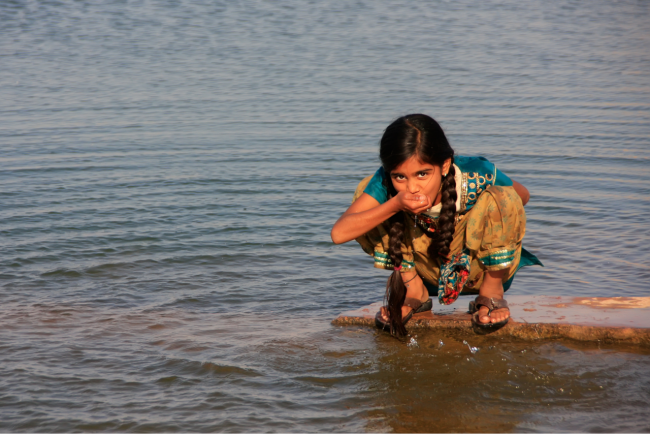
WaterScope: Meet the Team Using Machine Learning To Ensure Water Is Safe To Drink
Now that the Cisco Global Problem Solver Challenge 2021 winners have been officially announced, we are excited for you to learn more about each winning team and the story behind each innovation. The Cisco Global Problem Solver Challenge is an annual competition that awards cash prizes to early-stage tech entrepreneurs solving the world’s toughest problems. Now in its fifth year, the competition awarded its largest prize pool ever, $1 million USD, to 20 winning teams from around the world.
When Alexander Patto, Nalin Patel, Tianheng Zhao, and Richard Bowman joined a water purifier project at Cambridge University, they were tasked with answering the question, “How do you tell whether the water is pure?” They realized quickly that the process around testing the microbiology of water hadn’t changed in over 30 years. Globally, water-born bacterial infections lead to over 500,000 diarrheal related deaths each year, which is over 2,000 deaths every day (more than malaria and HIV combined). Current water testing equipment is bulky, expensive and takes at least a day to give results. Alex and his team tried to work out how they might improve the process and after about a month of trying to solve the problem, they co-founded WaterScope.
What problem is your technology solution trying to solve?
Alex: Access to information that will give people better drinking water sources. It’s trying to solve both inequality and in particular, bacterial contamination. At the moment, if you were to go into Tanzania, and there was a public tap, there’s just no way of knowing whether the water is safe to drink. The community is quite removed from the testing facility that comes in. So, what we’re trying to do is make a test that anyone can understand whether the water has got bacterial contamination. Currently the systems are very complicated. The WaterScope system aims to be empowering for the community. It allows the community to put mechanisms in place, to clean the water locally and get sustainable change at a local level.
When Alexander Patto, Nalin Patel, Tianheng Zhao, and Richard Bowman joined a water purifier project at Cambridge University, they were tasked with answering the question, “How do you tell whether the water is pure?” They realized quickly that the process around testing the microbiology of water hadn’t changed in over 30 years. Globally, water-born bacterial infections lead to over 500,000 diarrheal related deaths each year, which is over 2,000 deaths every day (more than malaria and HIV combined). Current water testing equipment is bulky, expensive and takes at least a day to give results. Alex and his team tried to work out how they might improve the process and after about a month of trying to solve the problem, they co-founded WaterScope.
What problem is your technology solution trying to solve?
Alex: Access to information that will give people better drinking water sources. It’s trying to solve both inequality and in particular, bacterial contamination. At the moment, if you were to go into Tanzania, and there was a public tap, there’s just no way of knowing whether the water is safe to drink. The community is quite removed from the testing facility that comes in. So, what we’re trying to do is make a test that anyone can understand whether the water has got bacterial contamination. Currently the systems are very complicated. The WaterScope system aims to be empowering for the community. It allows the community to put mechanisms in place, to clean the water locally and get sustainable change at a local level.
finance.yahoo.com



